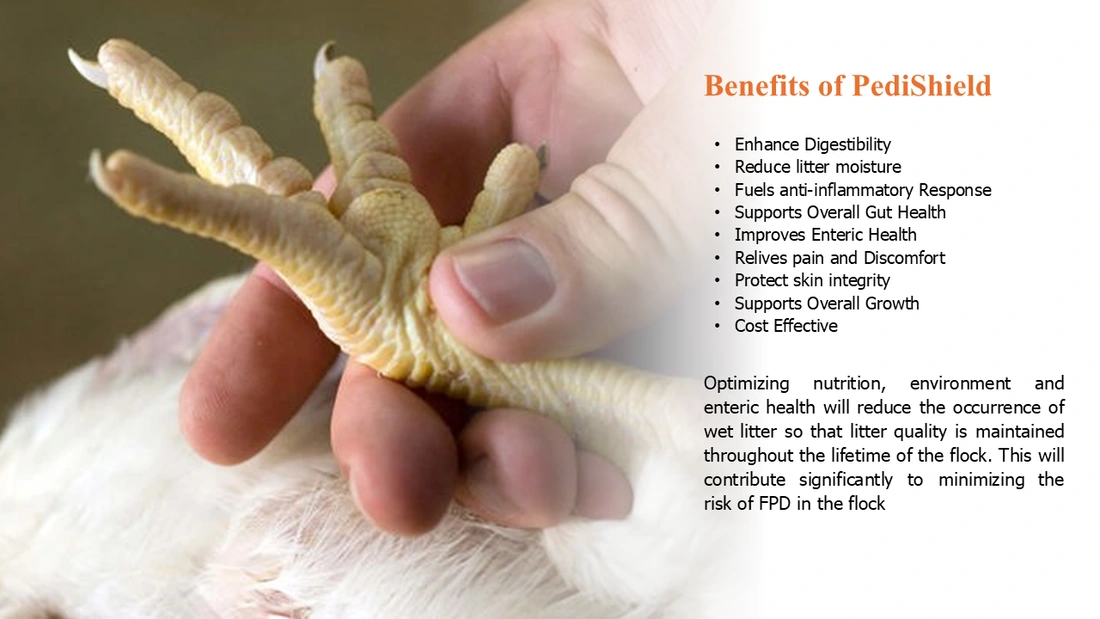
Foot Pad Dermatitis:
Challenges in Poultry
Foot Pad Dermatitis can be significant welfare issue for the broiler industry and can have financial implications for business who sell feet/paws. FPD can cause necrotic lesions on the plantar surface of poultry. The main problem of FPD is an increase in the moisture content of the bedding material. When the scale of dermatitis is severe, it causes pain and various behavioural disorders in the chickens, resulting in economic disadvantages.
Chicken Paws: Demand and Market Share
In the United States, chicken feet are usually considered a byproduct, but in Asian countries, they are a very valuable delicacy. While these paws are considered “almost a waste product” here in the U.S., they are in high demand in China and other parts of Asia. In China, they are in such demand that they are often more expensive than chicken meat and can go for over $1 a pound. In 2020, paws exported to China totalled $460 million.
In 2022, the U.S. accounted for 43% of China’s frozen chicken feet imports, followed by Brazil (20%), Russia (11%), Argentina (5%), and Chile (3%). China consumes 30 billion chicken feet annually.

Consequences of FPD
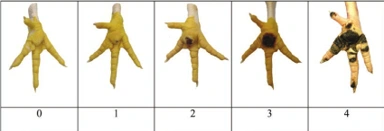
•In
the early stages, FPD shows itself as small erosions and discoloration of the
skin. These can develop into painful ulcers, but if corrective action is taken
and litter conditions are improved these erosions can heal. On
the one hand, pain restricts birds from eating and drinking and reduces weight
gain.
•Foot
pad lesions often result from wet litter, originating from diarrhea due to
harmed gut integrity. Frequently, mycotoxins impact the intestinal tract and
create ideal conditions for the proliferation of diarrhea-causing
microorganisms and, therefore, secondary infections.
•Some
also negatively impact the immune defence system, allowing pathogens to settle
down or aggravate existing bacterial or viral parasitic diseases. On the other
hand, for many producers, chicken feet constitute a substantial part of the
economic value of the bird; therefore, discarding them represents a significant
financial loss.

What Can Be Done to Prevent FPD
what can be done to prevent FPD from developing in a broiler flock, focusing on three key areas: Litter quality, Enteric health and Nutrition.
- Litter QualityGood litter management and maintaining litter quality throughout the lifetime of the flock is key to the prevention of FPD in broilers. Litter should be kept dry and friable and litter quality assessed daily. Good litter management and maintaining litter quality throughout the lifetime of the flock is key to the prevention of FPD in broilers. Litter should be kept dry and friable and litter quality assessed daily.
- Nutrition
- The following nutritional strategies will help maintain gut health and litter quality, and reduce FPD:
- The following nutritional strategies will help maintain gut health and litter quality, and reduce FPD:
- Minerals – Ensure sodium, potassium and chloride levels are balanced to avoid excessive water intake. The addition of Phytase to broiler diets not only promotes the release of phosphorous from plant material but also the release of other minerals.
- Protein and Fat quality – Balanced good levels of Protein and amino acids should be supplied from good quality raw materials. A failure to do so will result in excess nitrogen needing to be metabolized and excreted by the broiler. This will have a negative impact upon gut health and will result in wet litter, increasing the risk of FPD.
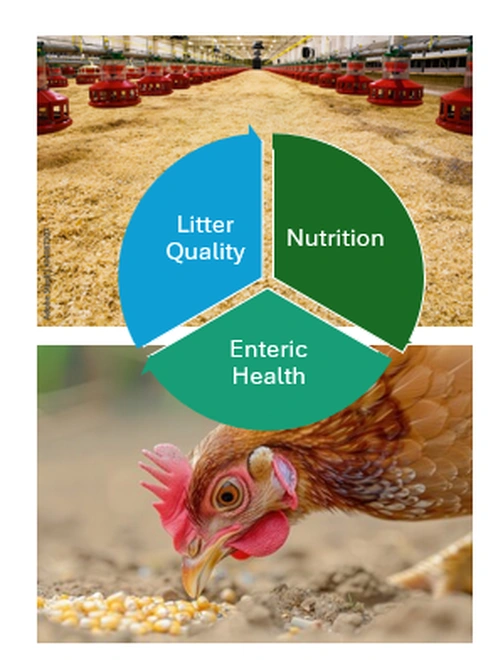
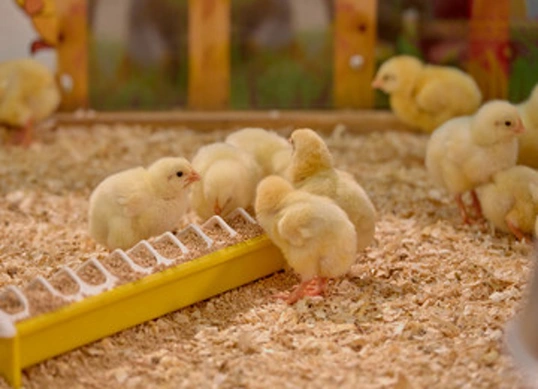
- Digestibility of feed raw material – avoid raw materials that have a low digestibility or are high in fibre, these have a negative effect on gut health. Anti-nutritional factors such as trypsin inhibitors should be avoided, and raw materials must be free from high levels of mycotoxin contamination. If it is impossible to avoid poor quality raw materials, then a binding product should be considered for inclusion in the feed mix. The use of Non-Starch Polysaccharide (NSP) enzymes is an important tool for improving gut health and controlling litter quality. These enzymes reduce gut viscosity and will lead to drier litter. Mycotoxins, especially trichothecenes, are the toxins that usually affect birds’ gut health. They cause necrosis by contact and damage the peak, gizzard and intestinal villi. Their lesions are a result of cell death in the upper part of the villi.
- Feed Physical form – poor feed form (high level of fines) can lead to an increased water intake.
3. Enteric Health - Management of the gut is a critical part of not only maximising feed efficiency and weight gain but also of maintaining good quality litter. Any bacterial or disease challenge of the gut will significantly contribute to problems of wet litter and hence FPD.
The most frequent infectious agents that cause digestive symptoms in broiler chickens are bacteria (E. coli, Clostridium) and protozoa (coccidia). These microorganisms infect and destroy the enterocytes, with the consequent loss of epithelial tissue and irritation of the gut mucosa, leading to poor feed digestion and absorption, rapid transit and wet faeces, which increase litter moisture.

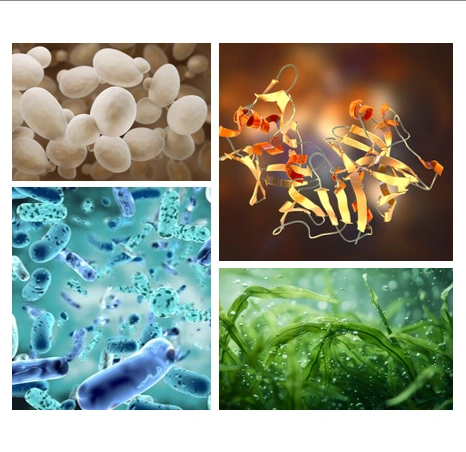
Mode of Action
- Yeat cell wall enhances immune response and gut health. Enzymes and Probiotics reduces excreta ammonia and hydrogen sulphide emission in broilers by increasing intestinal nutrient availability and inhibiting Odor-causing pathogenic microorganisms.
- In addition, Probiotics increased the dry matter contents of chicken manure and decreased litter moisture contents and FPD under enteric pathogen challenge. These previous studies suggest that enzymes and probiotics improve not only the broiler growth performance but also the FPD and manure Odor emissions.
- Micronutrients plays an important role in integrity in the skin, call regeneration and involved in protecting the skin and antioxidant defence. Phytogenic Compounds helps reliving pain also acts as anti-inflammatory, anti-oxidant.
